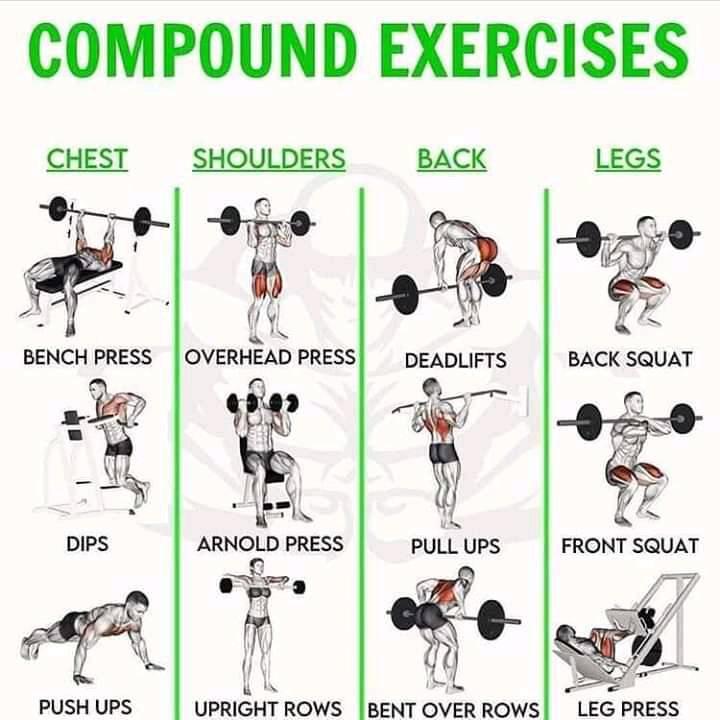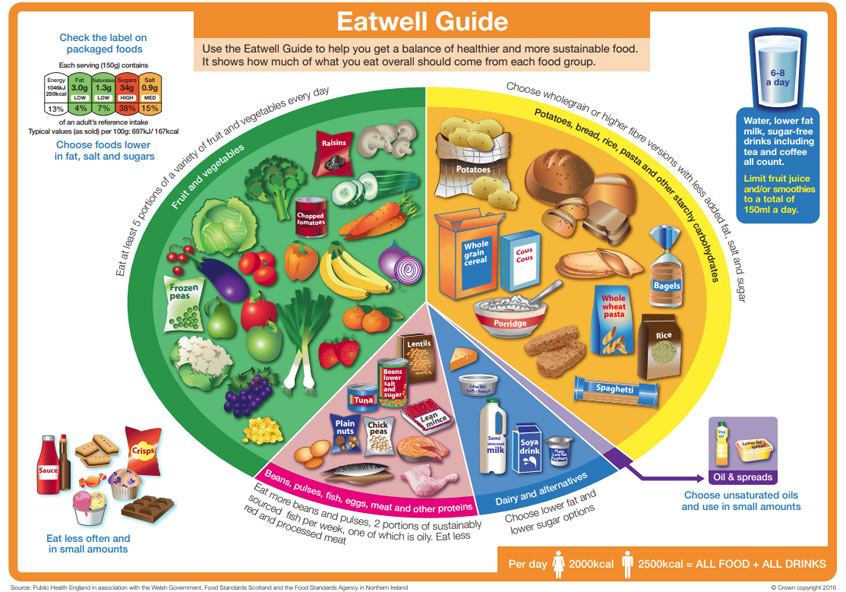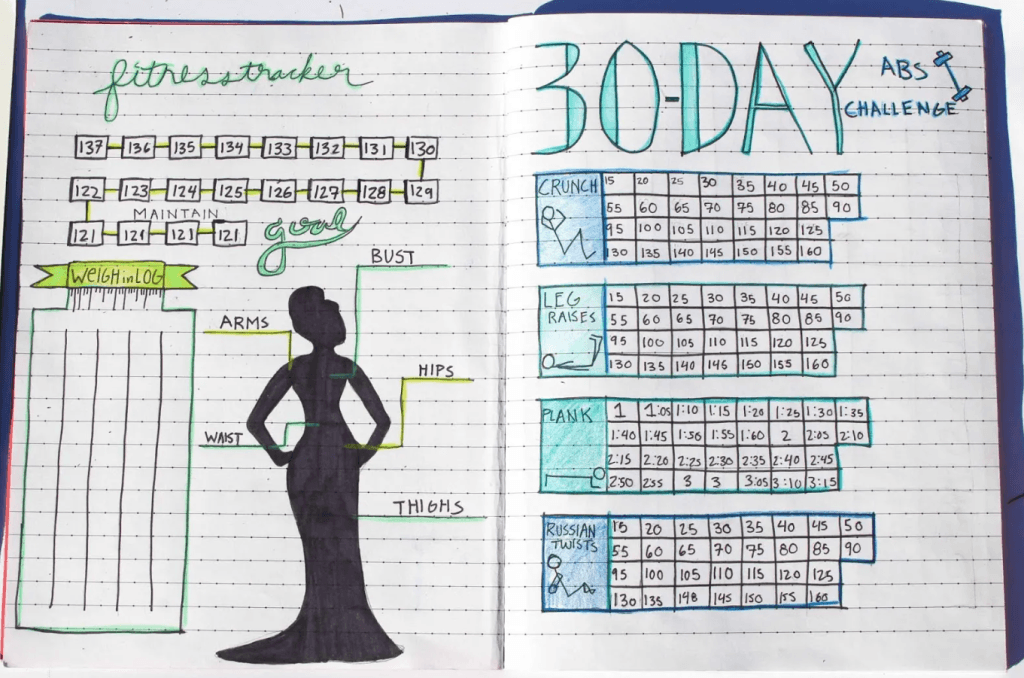Lean Muscle Mass – The Ultimate Building Guide

In this comprehensive guide, we’ll walk you through the essential steps, exercises, and nutrition strategies to help you pack on lean muscle mass effectively.
The Importance of Lean Muscle

Before we dive into the specifics, let’s understand why building lean muscle mass is crucial.
Metabolism Boost
One of the remarkable advantages of building lean muscle mass is its impact on your metabolism. Lean muscle tissue is metabolically active, meaning it burns more calories even when you’re at rest.
This heightened metabolic rate helps you maintain a healthy weight by increasing your daily calorie expenditure.
As you build and maintain lean muscle mass , your body becomes more efficient at burning calories, which can be particularly beneficial for weight management and overall health.
Strength and Function
Increasing your muscle mass goes hand in hand with enhanced physical performance and functionality. As your muscles become stronger and more resilient, everyday tasks become easier to tackle.
You’ll notice improvements in your ability to lift, carry, and move objects, as well as in activities like climbing stairs, playing sports, and performing various physical tasks. Enhanced strength and function can significantly enhance your quality of life, making daily activities more manageable and enjoyable.
Aesthetics
Beyond the functional benefits, lean muscle mass provides a sculpted and toned appearance that many individuals find aesthetically appealing.
Building lean muscle mass can lead to improved body composition, reduced body fat percentage, and a more defined physique.
This aesthetic transformation can boost self-confidence and contribute to a positive body image, promoting overall well-being and self-esteem.
The Building Blocks of Muscle

Protein: At the core of muscle mass development lies the crucial role of protein. To foster optimal muscle growth, it is imperative to integrate a protein-rich diet into your nutrition plan.
This means including a variety of lean protein sources such as chicken, fish, tofu, lean beef, beans, and low-fat dairy products in your meals.
Protein provides the essential amino acids required to repair and build muscle tissue.
Resistance Training: Muscle mass growth is fundamentally stimulated through resistance training, which involves exercises designed to challenge your muscles against external resistance.
This can encompass various forms, including weightlifting, bodyweight workouts like push-ups and squats, and the use of resistance bands.
Resistance training initiates a process wherein muscle fibers are broken down and then rebuilt stronger during the recovery phase.
It’s essential to progressively increase the intensity and variety of your resistance exercises to continuously challenge your muscles and promote growth.
Rest and Recovery: Contrary to common belief, muscle growth does not occur while you’re actively working out; it happens during periods of rest and recovery.
After a strenuous workout, your muscles need time to repair the microtears that occurred during exercise, leading to muscle mass growth and increased strength.

Prioritizing adequate rest and sleep is paramount in this regard. Aim for 7-9 hours of quality sleep per night to optimize recovery.
Additionally, incorporating rest days into your exercise routine is vital to prevent overtraining and ensure your muscles have the time they need to rebuild and grow.
Crafting Your Workout Routine
A well-rounded workout routine is essential for building lean muscle mass. Consider the following tips:
- Compound Exercises: To efficiently engage a wide array of muscle groups and promote overall muscle development, prioritize compound movements in your workout routine.
Compound exercises are those that involve multiple joints and muscle groups simultaneously.
Some exemplary compound exercises include squats, deadlifts, bench presses, pull-ups, and overhead presses.
These exercises not only maximize the efficiency of your workouts but also help enhance functional strength and stability. - Progressive Overload: One of the fundamental principles driving muscle growth is progressive overload.
This means systematically increasing the resistance or intensity of your exercises over time.
To continue challenging your muscles and stimulating growth, consider gradually adding more weight, performing additional repetitions, or intensifying your workout routines.
This progressive approach forces your muscles to adapt and become stronger, which is essential for ongoing development.

Optimize Your Workout Plan with Split Routines
- Divide and Conquer: To achieve comprehensive muscle mass development and target various muscle groups effectively, consider implementing a split routine in your workout plan.
A split routine involves breaking down your workouts into specific muscle group-focused sessions.
Instead of working your entire body during every workout, you allocate different days to concentrate on distinct muscle groups.
This approach enables you to dedicate more time and effort to each muscle group, fostering more comprehensive development. - Tailored Focus: By organizing your workouts around specific muscle groups, you can tailor your exercises to address the unique needs and goals associated with each group.
For instance, you might have a leg day, a chest and triceps day, a back and biceps day, and a shoulder day.
This division allows you to use a variety of exercises and techniques that specifically target and challenge those muscles. - Recovery Benefits: Splitting your routine also offers the advantage of enhanced recovery.
Since you’re not constantly working the same muscles day after day, individual muscle groups have more time to recuperate between workouts.
This can help reduce the risk of overtraining and injury while ensuring that each muscle group gets the rest it needs for optimal growth.
Nutrition for Muscle Growth
Nutrition plays a pivotal role in building lean muscle mass:
- Balanced Diet: Nutrition serves as a cornerstone in the quest for lean muscle mass. To fuel muscle growth effectively, it’s essential to maintain a well-balanced diet that incorporates the right proportions of macronutrients.
This includes:- Proteins: Ensure your diet includes ample high-quality protein sources like lean meats, poultry, fish, tofu, beans, and dairy products.
Protein provides the essential amino acids necessary for muscle repair and growth. - Carbohydrates: Carbohydrates serve as the body’s primary energy source.
Opt for complex carbohydrates such as whole grains, fruits, and vegetables to sustain your energy levels during workouts and support muscle recovery. - Healthy Fats: Incorporate healthy fats from sources like avocados, nuts, seeds, and olive oil into your diet.
These fats provide energy and aid in the absorption of fat-soluble vitamins, contributing to overall health and muscle function.
- Proteins: Ensure your diet includes ample high-quality protein sources like lean meats, poultry, fish, tofu, beans, and dairy products.
- Protein Timing: Timing your protein intake is a critical aspect of muscle recovery and growth.
After a workout, your muscles are in a state of heightened sensitivity to protein, making it an ideal time to consume a protein-rich meal or supplement.
This post-workout protein bolsters the repair and growth of muscle fibers.
Popular choices include a protein shake, lean protein sources like chicken or fish, and a combination of protein and carbohydrates to aid recovery further.
By adhering to a balanced diet that prioritizes the right macronutrients and strategically timing your protein intake, you can optimize your nutrition plan to promote lean muscle development and support your fitness goals.”

Enhancing Muscle Growth with Strategic Supplements
- Whey Protein: Whey protein is a popular supplement among fitness enthusiasts and athletes due to its rapid absorption and high-quality protein content.
It contains all essential amino acids, making it an excellent choice to support muscle recovery and growth.
Whey protein supplements can be particularly beneficial when it’s challenging to meet your daily protein requirements through whole foods alone, such as after a workout or as a convenient snack. - Creatine: Creatine is a naturally occurring compound found in small amounts in certain foods and synthesized by the body.
It’s known for its ability to enhance strength and muscle mass when used as a supplement.
Creatine aids in the rapid production of energy during short bursts of high-intensity exercise, allowing you to lift heavier weights and perform more repetitions.
This increased workload can lead to greater muscle growth over time. - Branched-Chain Amino Acids (BCAAs): BCAAs, including leucine, isoleucine, and valine, are essential amino acids that play a crucial role in muscle protein synthesis.
Supplementing with BCAAs can help reduce muscle soreness and fatigue during and after workouts, potentially allowing you to train harder and recover faster.
This can contribute to improved muscle growth and overall performance.
Before incorporating any supplements into your routine, it’s essential to consult with a healthcare professional or registered dietitian.
They can help you determine which supplements, if any, are appropriate for your individual needs and goals.
Keep in mind that while supplements can complement your nutrition plan, they should not replace a balanced diet based on whole foods, which remains the foundation of healthy muscle growth.”

Monitoring Your Progress
Tracking your progress is essential for staying motivated. Consider:

Before-and-After Photos: Capturing your physical transformation through before-and-after photos is a powerful motivational tool.
These photos provide a visual record of your journey and allow you to see the changes in your physique over time.
They can serve as a source of inspiration when you encounter challenges and doubts along the way, reminding you of how far you’ve come.

Keep a Workout Journal: Maintaining a workout journal is a valuable practice for tracking your progress and optimizing your fitness routine. In your journal, you can record:
- Workouts: Document the exercises you perform, the number of sets and repetitions, and the amount of weight or resistance used. This helps you keep track of your strength gains and ensures that you’re consistently challenging your muscles.
- Nutrition: Record your daily food intake, including macronutrient ratios and total calorie consumption. This can help you identify patterns in your diet, make necessary adjustments to support your goals, and ensure you’re meeting your nutritional needs.
- Rest and Recovery: Note your sleep patterns, rest days, and recovery techniques. Proper recovery is essential for muscle growth, so monitoring these aspects ensures you’re giving your body the rest it requires.
- Goals and Achievements: Set specific fitness goals and regularly update your journal with your progress toward these objectives. Celebrate your achievements, whether they’re small milestones or significant breakthroughs, to stay motivated and focused on your journey.
By documenting your fitness journey through photos and maintaining a workout journal, you not only stay motivated but also gain valuable insights into what works best for you in terms of exercise and nutrition. This data-driven approach can help you make informed decisions and continuously improve your fitness routine.”
Conclusion
Building lean muscle mass is a rewarding journey that requires dedication, a well-structured workout plan, and proper nutrition. By following the steps outlined in this guide, you’ll be well on your way to achieving the strong, lean physique you desire.